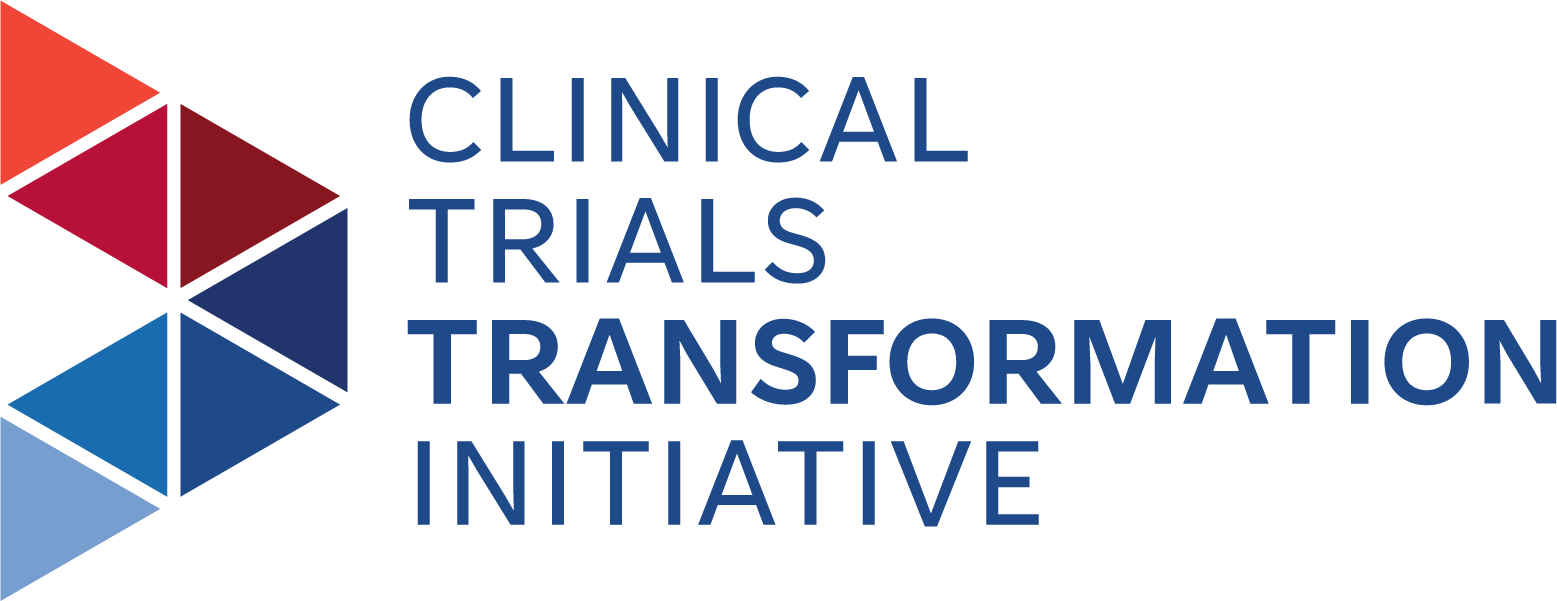DCRI's PTN Builds Efficiencies to Improve the Enrollment, Design and Conduct of its Studies
DCRI's PTN Applies CTTI's Pediatric Trials in Antibacterial Drug Development Recommendations
SUMMARY
The Duke Clinical Research Institute (DCRI) Pediatric Trial Network (PTN) wanted to optimally conduct studies that
improve labeling of medications and devices for children. CTTI's Antibacterial Drug Development (ABDD) recommendations, which help trialists identify and address barriers in
conducting antibacterial drug trials in the pediatric population, were foundational
to PTN's efforts.
GOAL(S)
Children should have access to
antibacterial drugs that have undergone appropriate evaluation for safety and
efficacy, yet many trial sponsors have challenges enrolling and completing
pediatric antibacterial drug trials. The PTN wanted to conduct efficient
studies that improve the labeling of medications and devices in children in a
way that used finite resources and minimized burden to patients.
CHALLENGES
Despite legislation enacted to
facilitate pediatric drug development, such as the Best Pharmaceuticals for
Children Act (BPCA) and the Pediatric Research Equity Act (PREA), many of the
antibacterial drugs commonly used in children lack adequate pediatric use
information in drug labeling for all age groups, particularly neonates. The
time between the approval of a new antibacterial drug for use in adults and
pediatric labeling has recently been 5 years or longer, and pediatric studies
have yet to be completed for a number of antibacterial drugs more than 5 years
after approval in adults.
SOLUTION(S)
CTTI's ABDD
recommendations point to four key strategies the PTN used for overcoming these
challenges: 1) establish master protocols to expedite the availability of evidence regarding the safety and
efficacy of antibacterial drugs in children; 2) engage early with the FDA; 3)
minimize the burden of participation; and 4) broaden eligibility criteria to be
as inclusive as possible.
TAKING ACTION
The
PTN began by exploring where it could build in efficiencies with master
protocols that leverage existing pathways to accomplish the most with finite
resources. For example, the PTN was interested in looking at several
antimicrobials that treated the same type staph infections in neonates. Using
CTTI's master protocols guidance, the PTN studied all three anti-staph
antibiotics under a single protocol (the dosing of drugs differed, but
procedures, pharmacokinetic (PK) sampling, safety, follow-up, and
case report forms were identical). Sites initially used whichever drug they preferred
and were only asked to switch when data for their preferred drug was complete.
As a result of the master protocol approach, the PTN enjoyed efficiencies
around total cost and time.
Enrolling
kids in a study that is not going to meet the PTN's overall goal to inform a
label wastes time, money, and-- perhaps most importantly-- exposes kids
unnecessarily to drugs. That's why the PTN also applied CTTI's recommendation
to collaborate early with the FDA to discuss the science from the regulatory
standpoint of what FDA needs to make label changes. Hearing from FDA allowed
the PTN early input to structure its protocols so that it can maximize the
amount of information given to regulatory bodies, such as endpoints, sample
size, and PK sampling strategies. Many of the compounds the PTN evaluates are
older drugs that the FDA has had a lot of experience with developing studies. FDA
also often has experience with other molecules in a similar class that is
valuable to the PTN's protocol development.
The PTN also
explored ways to minimize patient burden. For example, one particularly
burdensome activity in pediatric studies is a high amount of blood draws. Many
of the studies the PTN conducts are pharmacokinetic studies that require blood,
so the PTN tries to use relatively small volume blood sampling. A 200
microliters sample can be drawn by a heel stick or finger prick rather than
through the vein, which is more invasive and can be more painful for the child.
(This is very important in premature infants who don't have that much blood to
begin with.) The PTN also designs its studies to minimize PK samples as much as
possible. Population PK analyses allow the PTN to get what it needs from 3-4 PK
samples rather than a dozens. PK samples are also timed with other blood draws,
so the child doesn't have to undergo an extra stick.
One of
the issues with doing studies in children is that there aren't as many sick
children as sick adults, so the sample size available for enrollment is
relatively small. When possible, the PTN follows CTTI's guidance to make inclusion/exclusion
criteria as broad as possible to maximize the potential eligible study
population. For example, in one study the PTN conducts, the children are
already getting the study drug per standard of care, so there are almost no
exclusion criteria. The principle the PTN follows is that there is no reason to
add exclusion criteria if you don't have a good scientific or safety reason to
justify it.
IMPACT
The
PTN has taken advantage of the efficiencies that it has developed, and the
group has become expert in looking to see what sponsors and funders need done
and then using lessons learned and efficiencies gleaned from CTTI's ABDD
recommendations to execute on its projects.
ADVICE
There is
always a tension to navigate when the PTN works with investigators to make sure
the protocol is as lean as possible while answering critical research
questions. While keeping the focus on the primary outcomes of the study, the
PTN engages in many discussions with stakeholder to produce feasible protocols
with the highest likelihood of answering the research question.
ORGANIZATION
Pediatric Trials Network
Duke University
ORGANIZATION TYPE
Academia
Clinical Investigator/Site
IMPLEMENTATION DATE
2017
TOPIC
Antibacterial Drug Development
